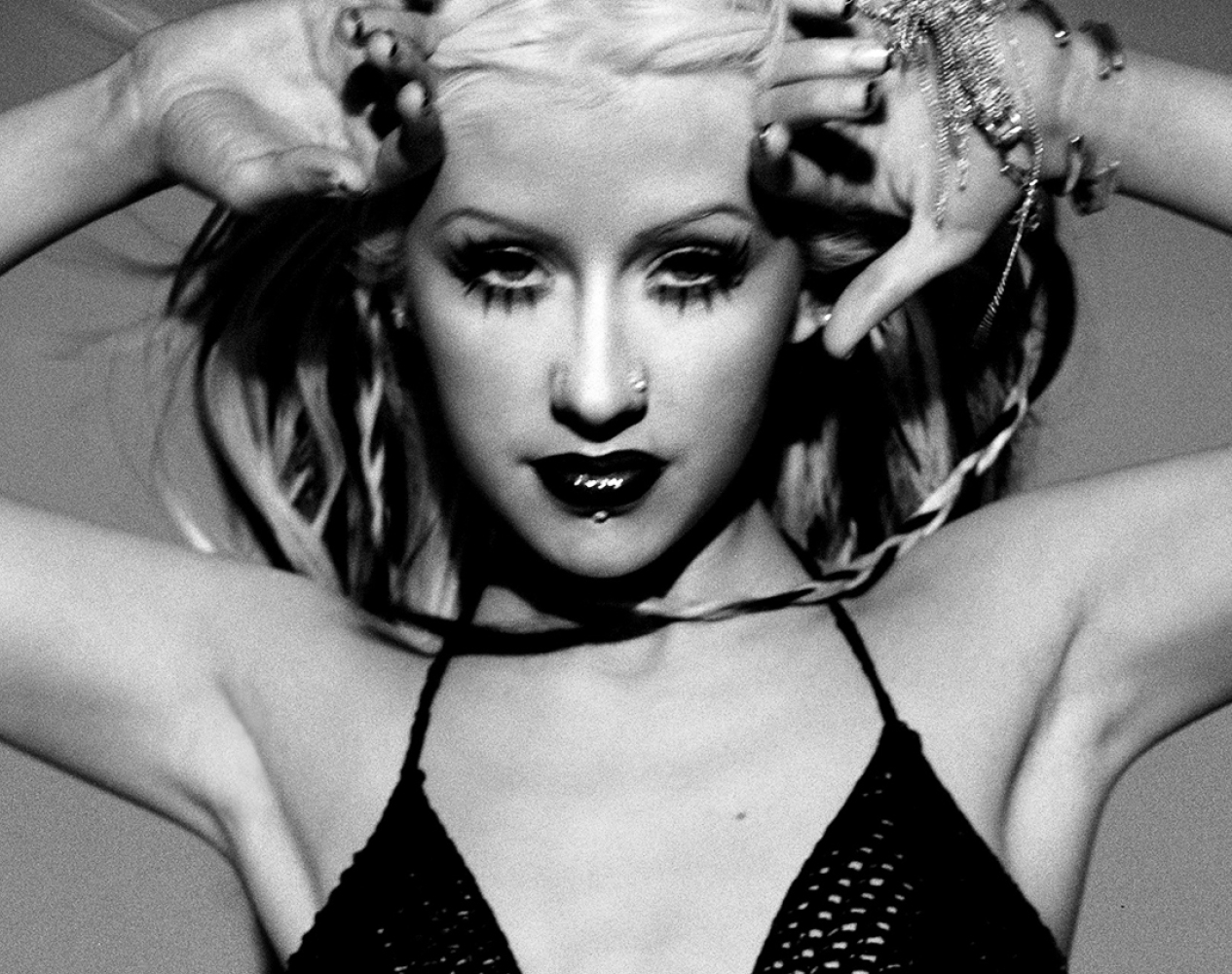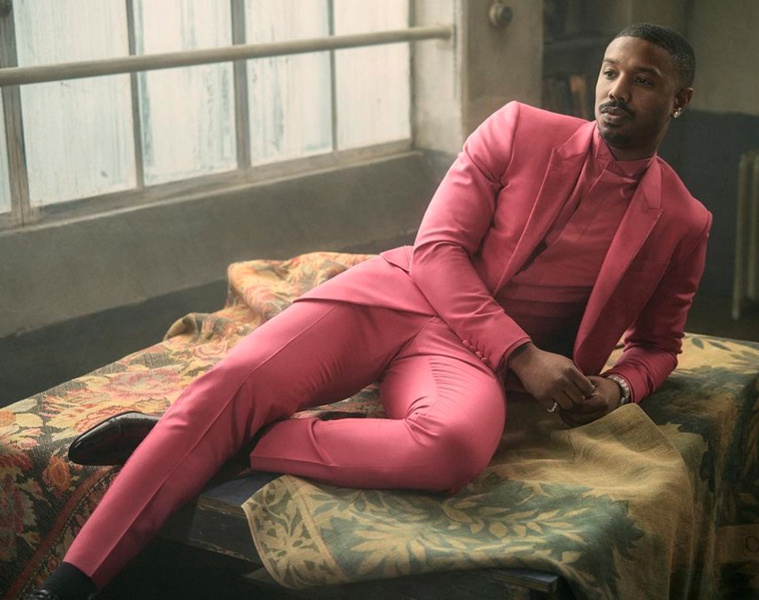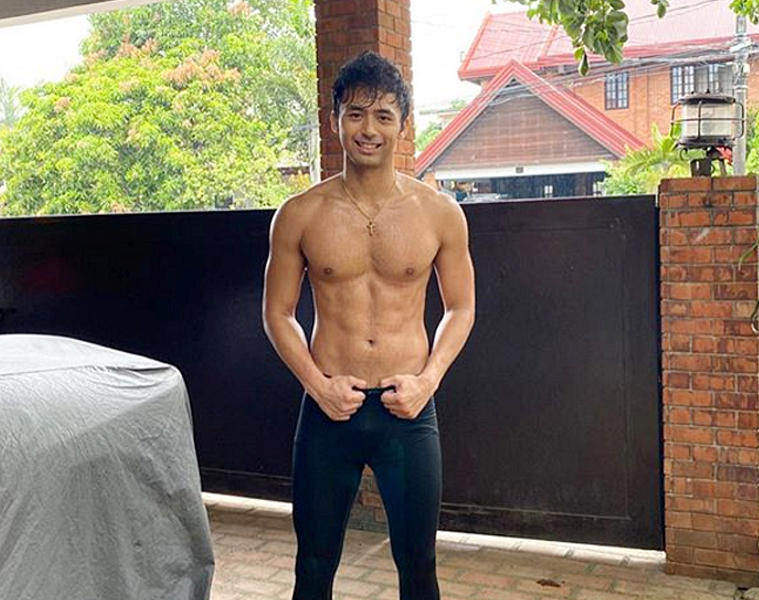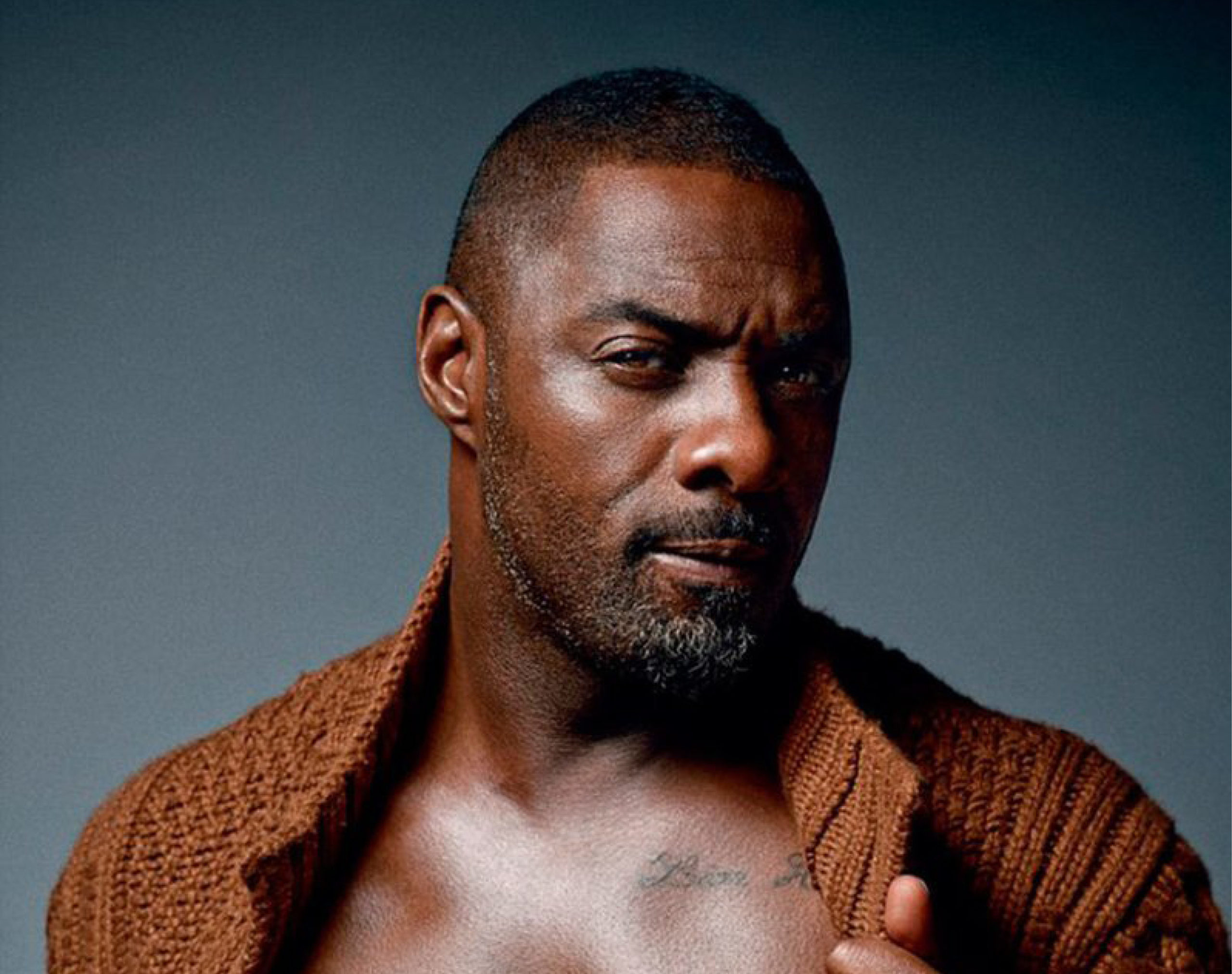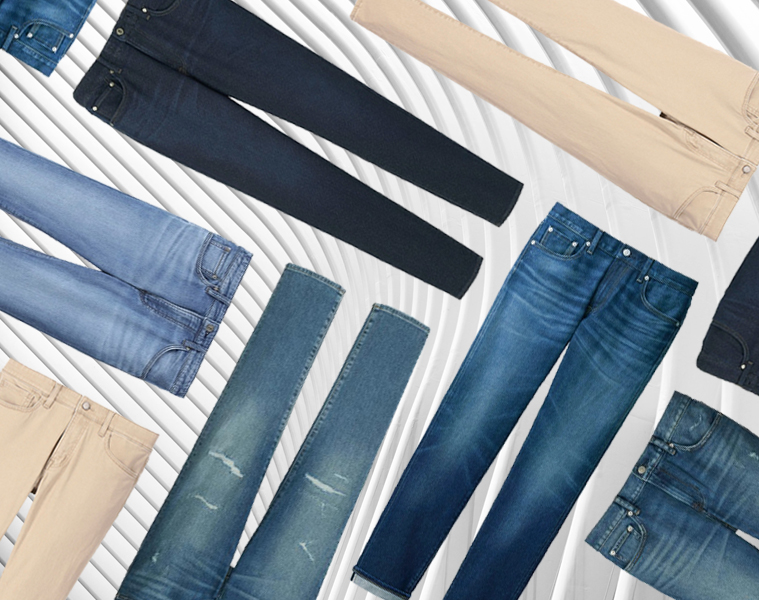How boxing does your whole body good
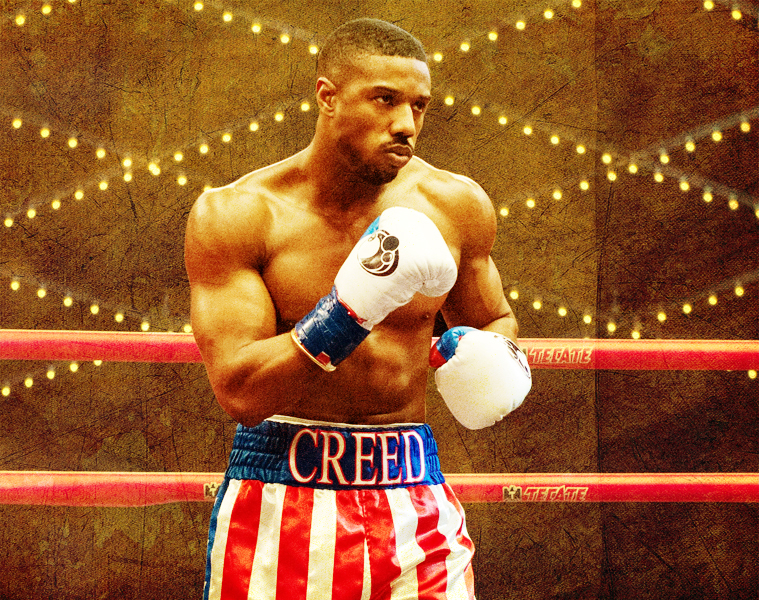
Creed II will soon be upon us, and we’ve all seen how jacked up Michael B. Jordan got from the training he went through to play Apollo Creed in the prequel. In case you’ve forgotten—and how dare you?!—here’s a reminder of how boxing did his body good:
With this expected blockbuster raising interest once again in boxing, maybe it’s time for those among you who’ve never tried it to give this intense sport a chance as a form of physical exercise. After all, boxing isn’t about just moving your arms; it’s a total body workout that will have you huffing and sweating within seconds and will get your muscles deliciously sore the following day. Not only that, but on top of burning off as much as 500 kcal in an hour of sparring within the ring, your body will continue to burn calories even hours after the final bell has rung.
The work starts from the bottom. In a boxer’s stance, your feet will be hip-width distance apart in a 12 o’clock-2 o’clock position, depending on which foot you’d prefer to have stepping forward; this will have you facing a diagonal direction, which will then have you using your abs once you start making those jabs. As stable as this position feels, you do need to be light on your feet so you could duck or move side to side either in defense or in offense. And chicken-legged dudes, this is where the calf work comes in. Bouncing on your toes and the balls of your feet already engages your calf muscles, and when you make a jab, i.e. a punch with the arm that’s on the same side as the foot in forward position, they work to propel you either to lean forward or even take a step. This forward movement adds power to your jab.

The same dynamic applies when you do a cross-jab from your other arm. For example, if your stance has your left foot forward, this means you’d be punching with your right arm, with your arm crossing over a bit so you can hit your target. To help you land that punch, you’d have to twist your right leg by pivoting on your right toes to bring your right heel outward—a movement that gets your right calf engaged and working.

All this calf movement also gets your quadriceps and hamstrings working. On top of that, whenever you bob, i.e. you quickly duck with a slight squat then move your upper body to one side, your glutes and legs get to do some burning too.

When I was still doing boxing regularly some years ago, one of the most important tips that a trainer gave me was to “move [my] hips to twist [my] torso as [I] punch.” Not only does it make a boxer’s movements look like a dance, but the spinal twists give power to the punches. And have you seen the obliques on these athletes? Those muscles that, when defined, create that number 11 on the torso? That boxing twist can help bring them out. Just keep your abs engaged as you move your hips.
With the muscle work starting from the ground up to give you stability and lightness of movement, it’s through the arms that all that power is released. But of course, before it reaches the arms, the shoulders have to get involved. The deltoid does a lot of work, actually, in helping your arms spring from a defensive stance (elbows close to the body, your closed fists protecting your face) to extend in an offensive move and then snap back into position.

Speaking of, snapping your punching arm back into defensive position will work your triceps more, and that muscle group can be quite difficult to strengthen and tone, especially among women. The quickness of the recoil also gives more impact to the punch, and it minimizes the risk of your face being left wide open for a retaliatory hit; you don’t see Apollo Creed letting his punching arm just hang out after delivering a hit on his opponent’s face.
All these constant movements will have your cardiovascular system racing, but more than that, they can strengthen your joints, tendons, and ligaments. Since a boxing workout always has a floor work segment with push-ups, sit-ups, burpees, and other exercises that use body weight as resistance, your bones get to benefit too.

Remember the part about the hip twists making boxing look like some sort of dance? This sport can actually enhance your coordination. If you listen to your trainer’s instructions and corrections and apply them, you’ll get the form right. And you’d know it because everything seems to flow smoothly to help you execute those powerful jabs, hooks, and upper cuts and evade those of your opponent’s.

Now, don’t make the mistake of expecting too much after just a week of training. Getting that MBJ body would also hinge a lot on genetic factors, which are things we can’t do anything about. But rest assured that along with a stronger, fitter heart and stronger bones and muscles, being capable at boxing (even at shadow boxing) can do wonders for your self-confidence—not in an aggro way, but with the thought that if push comes to shove, you can land a hit on anyone who tries to mess with you.
Creed II opens in local cinemas on Wednesday, November 28.








